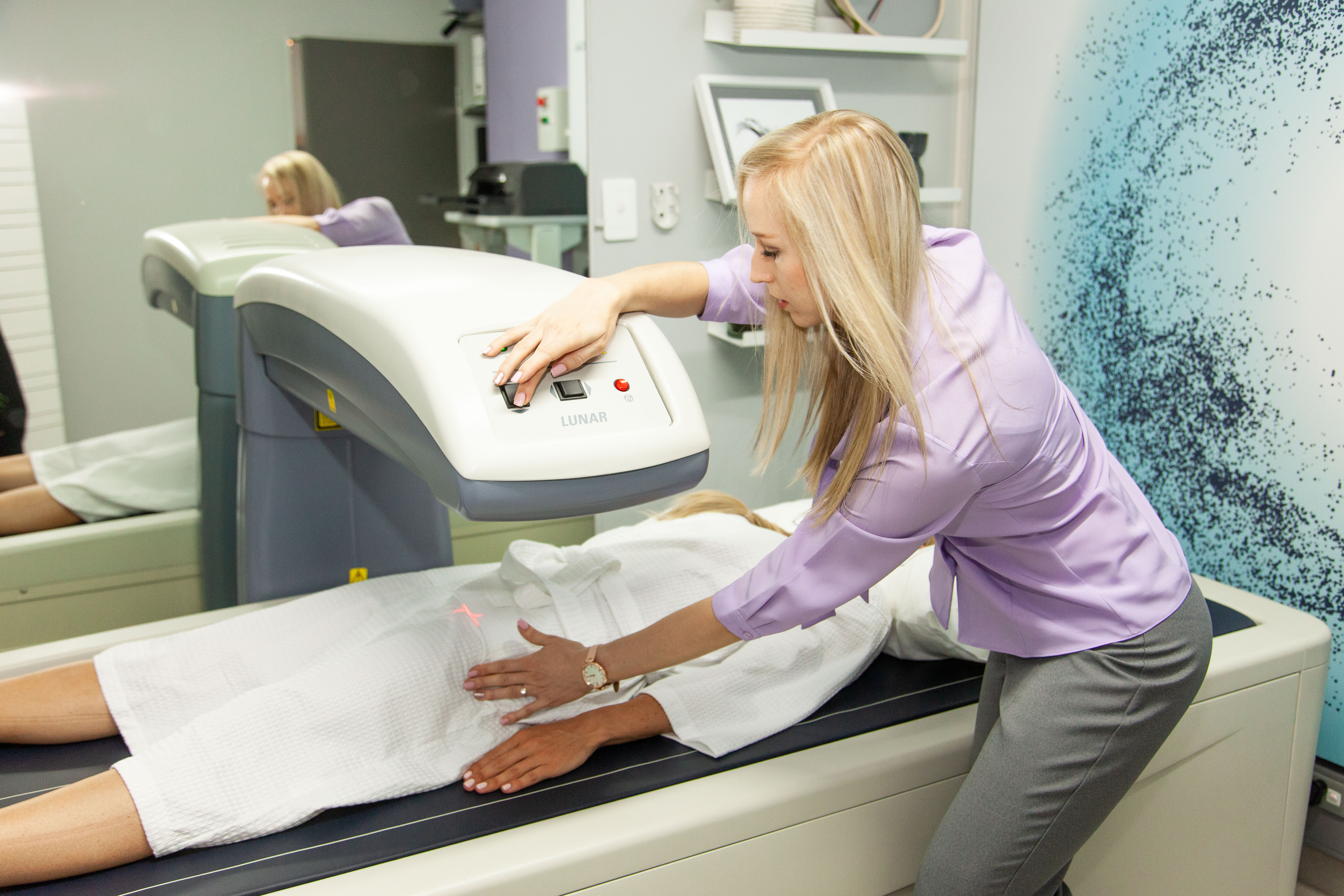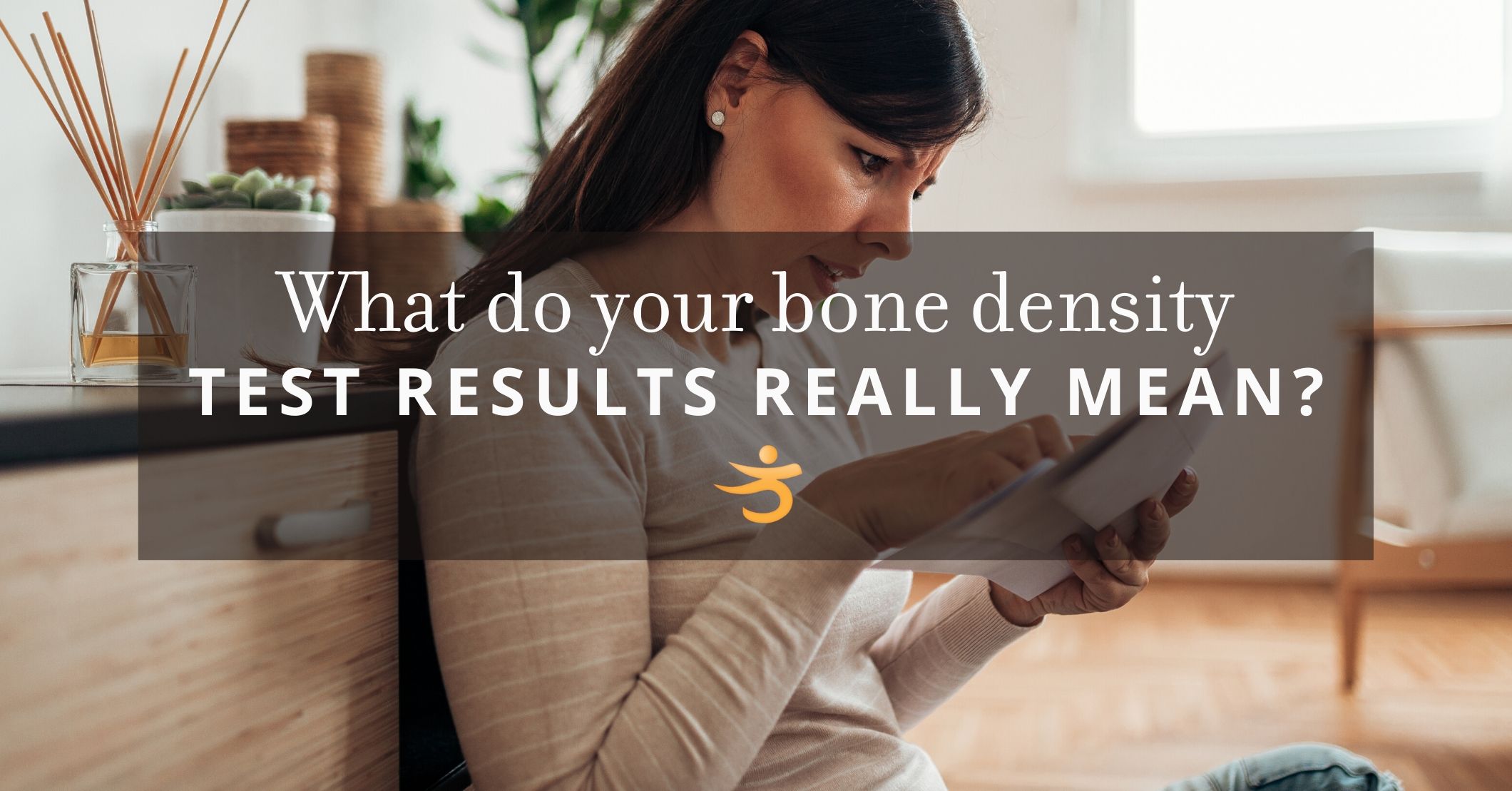
Warning: other types of bone tests available in some pharmacies or shopping centres such as Heel Ultrasound are not the recommended standard test to measure bone strength. Note: bone density scans emit a very low level of radiation (much less than a standard x-ray) and this is part of the reason a referral is required. It is important you are tested as directed by your doctor. Where rebates do not apply, patients with other risk factors can pay directly for a bone density scan.

The approach will be different if a fracture is present. Action may be taken to protect your bone health depending on your age, the level of bone density and any risk factors for osteoporosis. This means you have lower than normal bone density. Improvements in bone density and your bone health can be achieved over time. If the result shows osteopenia or osteoporosis it is essential action is taken to protect your bones. If your bone health is normal then maintaining adequate calcium, vitamin D and exercise remains important. Low bone density (called osteopenia) or.The result will commonly refer to a ‘T-score’ and indicate if your bones are in the range of either: Burdorf.A bone density scan will determine if any action is needed to protect your bone health. Our office number is 48 or schedule online for a consultation with Dr. Set up your initial consultation with Dr Burdorf. The only way to know how your body is functioning and what nutrients it is lacking is thru diagnostic testing. Years of eating sub-optimal foods, engaging in inadequate exercise, poor lifestyle habits and living in a polluted environment leads to the gradual development of disease. Make an Appointment – A comprehensive diagnostic health analysis will help determine any underlying causes or dysfunctions contributing to your low bone density.Calcium/Magnesium/Vitamin D/Vitamin K – All these are essential for strong bones, however the only way to know how much you should take and what other factors may be blocking absorption is thru diagnostic testing.Exercise – Resistance training is essential for strong bones.These factors may include low calcium, low vitamin D, diabetes, depression, caffeine, high salt intake, Hemocchromatosis, medications, alcohol, lack of exercise, Celiac’s disease, lead exposure, smoking, aluminum, IBS, cadmium exposure. A SD below -1.5 could indicate that outside factors are contributing to bone loss. When bone density testing is performed Bone density testing is most often used when people have. Another name for bone density testing is bone mass measurement. Z-score – Your Z-score compares your bone density to that of someone your age, weight, sex and ethnic origin. Dual energy x-ray absorptiometry (DEXA), which uses a special x-ray scanning machine to measure bone density, is the most popular technique as it is fast and highly accurate. A T-score between –1 and –2.5 is considered osteopenia, below normal and may be a sign of coming osteoporosis, and less than –2.5 means osteoporosis.


The more SD’s below 0 (indicated as negative numbers) the lower your bone mineral density and the higher your risk of fracture.Ī T-score greater than –1 is considered normal. This is measured in the number of units that your bone density is above or below the optimal bone density. T-score – The T-score is your bone density compared to that of a healthy 30 year old adult of your sex. Your bone density test results are reported in two numbers: T-score and Z-score. Confirm a diagnosis of osteoporosis if you’ve experienced broken bones.Determine your risk of broken bones (fractures).Identify decreases in bone density before you break a bone.The higher your bone mineral content, the denser (stronger) your bones. This bone density test uses X-rays to measure how many grams of calcium and other bone minerals are packed into a segment of bone. Now what do the results mean, and what can you do about them?ĭEXA stands for: Dual Energy X-ray Absorptiometry.


 0 kommentar(er)
0 kommentar(er)
